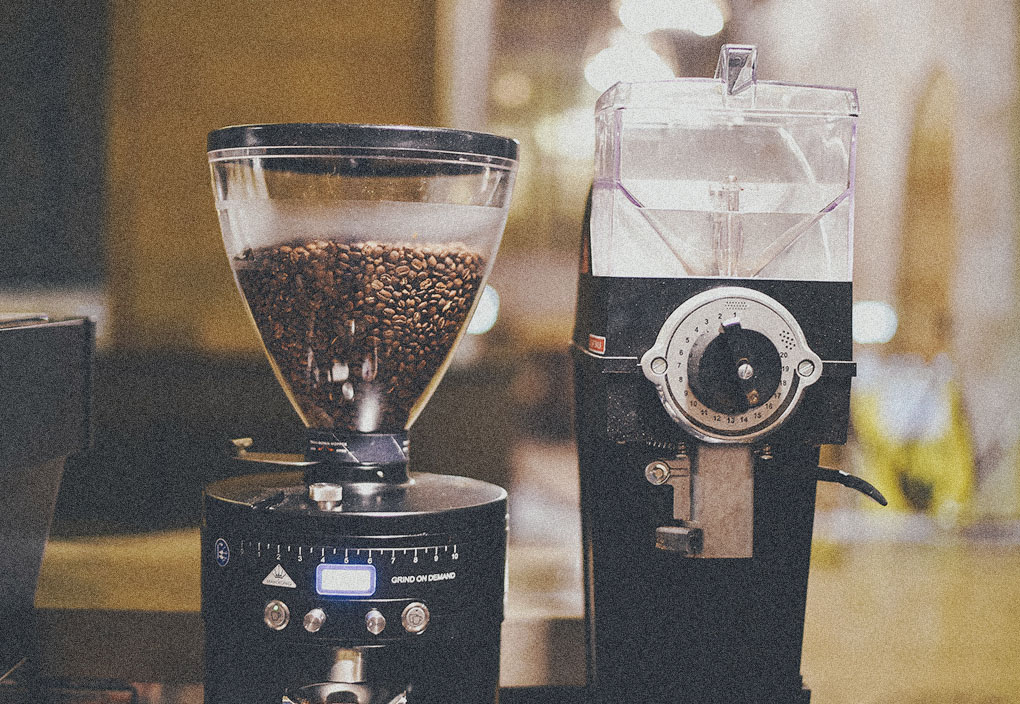Articles
How to Spot Stale Coffee in 10 Seconds
They are everywhere. Might be hiding in your cupboard, awaiting your touch while hoping you don’t know they’re past prime time already. Might as well be lingering innocently behind the shelves of the café you frequent. Only, you’re too dazzled by the shiny smile of that cute barista to notice.
The thing is, coffees will not taste weird even if it’s old. There’s nothing such as ‘expired coffee’.
Unless, you’re storing it along with fish or other strong-smelling food. Very much absorbent, coffee will eventually taste like everything around it. But when stored right, it will not taste weird.
It’s just that, it will lose the essence of what makes a delicious cup. Gone will the ‘sweetness’, ‘floral’, ‘tea-like’ sensation could’ve been bursting in your mouth. What’s left after this sweet spot of 3-30 days, is ‘just’ coffee. That’s why it’s called ‘roast date’, instead of ‘expiry date’.
No food poisoning involved.
And yet, what’s the point of paying more for a coffee that is not any more flavourful than your regular sachet coffee? You get what we mean.
Here are the signs to look out for.
30 days has passed since the ‘roast date’
Practically, you can abandon hopes of getting any of the taste promises written on the packaging, when you meet a pack of coffee aged more than 4 weeks old.
When you choose to take home one of that shiny packaging on the shelves, check for the roasting date. If possible, ask your barista everytime you’re about to order a drink. Baristas usually are keen enough to let you ‘sniff’ the bean. Seize that chance to peek at the roasting date.
Coffee that is already ground
(Looking at you, instant coffee and supermarket coffee.)
Years ago, before the art of indulging fine-tasting coffee ever known to human being, keeping whole beans in your cupboard may the matter of having it ‘exotic’. These days, it’s about practicality.
Ask your barista. How long will they usually let ground coffee sits around before they brew it?
Each brewer may have they own threshold, but usually it’s no more than a day. Out there, there are living baristas believing ground coffee will only stay good in flavour for 5 minutes.
Sounds extreme? Try brewing your own coffee with dripping method. Good fresh coffee batch will ‘bloom’ on the first moment its whole surface gets in contact with water. Now, if you let your ground coffee sit around while you’re waiting for the water to boil, it shows. Your coffee loses its chance to have ‘blooming’ moment, an indication of its freshness.
Always go for whole beans. Your coffee retains its flavor better in whole bean form.
Nevertheless, there are still enemies of your whole bean coffee.
Coffee left out in the open
Air, is one of the archenemies of freshly roasted whole beans.
There’s a good reason coffee packaging these days come with reseal-able zips Once you’ve opened a package of coffee, always remember to reseal it. Yes, it includes moments when you take a scoop or two for brewing, and leave the lid unsealed for a while.
If the package doesn’t come with zip-lock, look for an airproof container. If there’s no container available, you could just duct-tape the opening lid or close it with rubber band.
Simple methods, work wonders.
In cafes, baristas may occasionally offer you to ‘sniff’ the beans in the hope of wooing you into the second cup. Yet, a good barista will be wary to separate a sample bag specially for ‘sniffing’ purpose, so that it doesn’t end up ruining the whole batch. With that said, be wary when you get to sniff from the big bag. Your baristas’ kind gesture may unintentionally make your coffee ages faster.
Coffee left out under sunlight, or near the oven
Heat, is the other thing to get away from your coffee bag. Unwittingly, coffee beans do make good decorations for the shelves. Quite common do we see coffee beans stored in transparent glass jar, giving the impression of ‘authenticity’. Yet coffee beans actually no longer needs vitamin D from the sun. Sunlight does nothing good for the roasted coffee other than ‘cooking’ up the beans sooner than it should’ve been.
Other than keeping your coffee beans shielded from light, be aware too of emanating heat from ovens, espresso machines or from overly closed spaces.
Bags without valve
After it’s roasted, your coffee beans will keep on ‘breathing’ out gasses until it becomes stale. The one-way valve attached to the packaging helps getting out of this gas, keeping your coffee package from bursting out. Bag without valves clearly signs yellow light, as it means the coffee has been pre-staled or ‘aired’ before they are bagged. If the package doesn’t bloat, it’s either your coffee has run out of its freshness, or there is tiny hole somewhere on the packaging.
Eventually, coffee in valve-sealed bags will retain their flavor and aroma better.
Need some fun tricks? Read these warnings backwards, and you’ll get the ultimate tips for storing coffee beans properly.
Photo by Chevanon Photography from Pexels.

